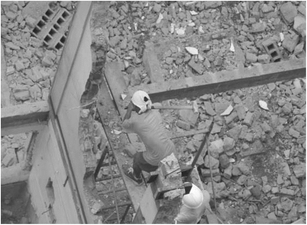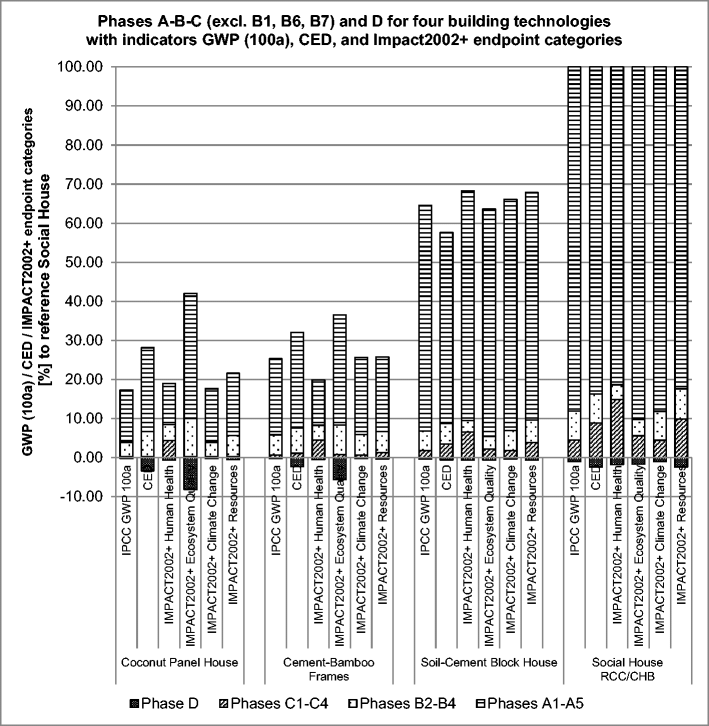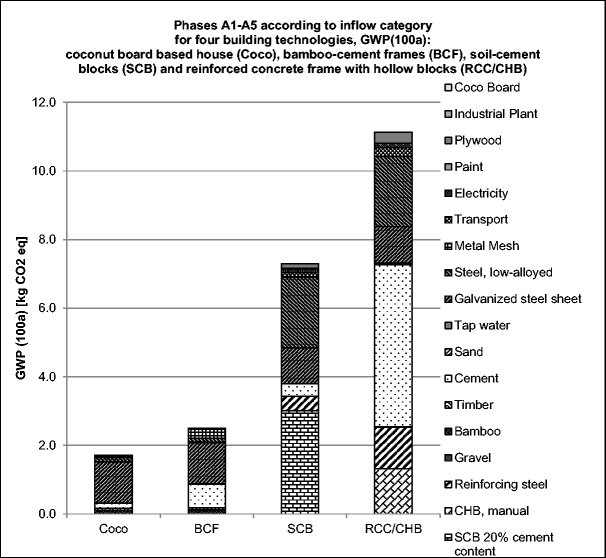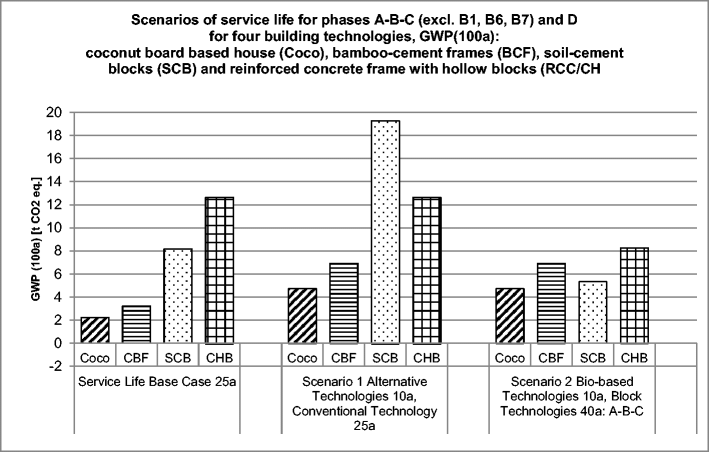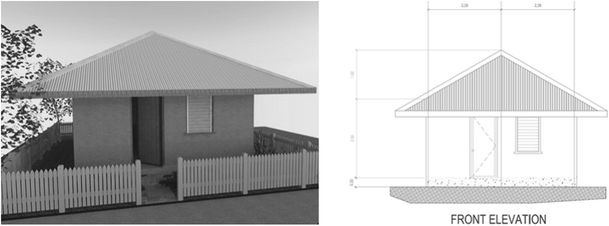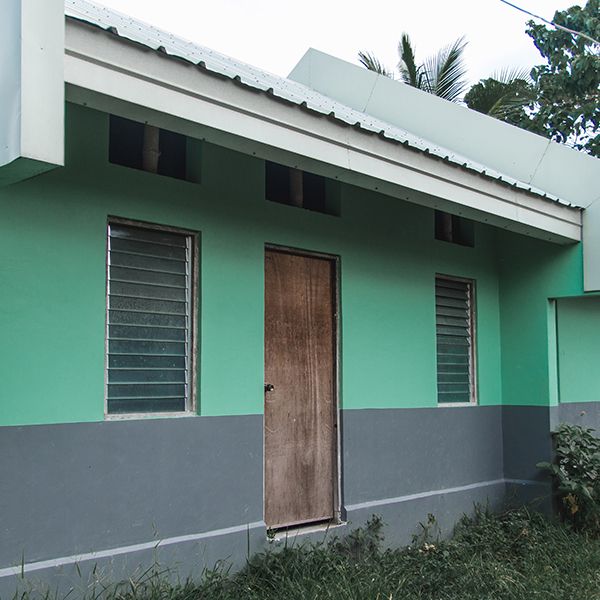
Environmental Performance of Social Housing in Emerging Economies: Life Cycle Assessment of Conventional and Alternative Construction Methods in the Philippines
Authors
Corinna Salzer
Holger Wallbaum, Chalmers University of Technology
York Ostermeyer, Chalmers University of Technology
Jun Kono, Deloitte Tohmatsu Consulting
Abstract
Purpose The environmental impact of the social building stock is relevant, particularly in emerging economies. Life cycle thinking is not yet established, however. Locally available, alternative building concepts could potentially reduce the environmental impact of the construction segment. This paper examines the environmental performance of “as-built” low-cost housing for example in the Philippines, and the potential to reduce its environmental impact through the use of three alternative building technologies: cement–bamboo frames, soil–cement blocks, and coconut board-based housing. Methods Life cycle assessment models are implemented and evaluated with software SimaPro, using the single-impact indicators global warming potential (GWP) and cumulative energy demand (CED) and the multi-impact indicator Impact2002+. According to EN 15978, the life cycle phase product and construction process (A), use stage (B), end-of-life (C), and supplementary information beyond the building life cycle (D) have been assessed. Theoretically calculated inflows from standard construction procedures used in phase A have been verified with 3 years of empirical data from implemented construction projects. For phases B, C, and D, attention was given to service life, use-phase, allocation of waste products, biogenic carbon, and land-use assumptions. Scenarios reflect the actual situation in the emerging economy. Processes, such as heat recovery from thermal utilization, which are not existing nor near to implementation, were excluded. Results and discussion For an assessment of the phases A–B–C–D with GWP, a 35% reduction of environmental impact for soil–cement blocks, 74% for cement–bamboo frames, and 83% for coconut board-based houses are obtained relative to a concrete reference house. In absolute terms, this relates to a reduction of 4.4, 9.3, and 10.3 t CO2 equivalents over a service life of 25 years. CED showed higher impacts for the biogenic construction methods coconut board and cement–bamboo frames of +8.0 and +4.7%, while the soil–cement technology was evaluated −7.1% compared to GWP. Sixteen of 17 midpoint categories of Impact2002+ confirmed an overall reduction potential of the alternative building methods, with the midpoint category land occupation being the exception rating the conventional practice over the alternatives. Conclusions It is concluded that alternative construction technologies have substantial potential to reduce the environmental burden caused by the social housing sector. The service life of the alternative technologies plays a vital role in it. LCA for emerging economies needs to incorporate realistic scenarios applicable to their current state or belonging to the most probable alternatives to ensure valuable results. Recommendations for further research are provided.





